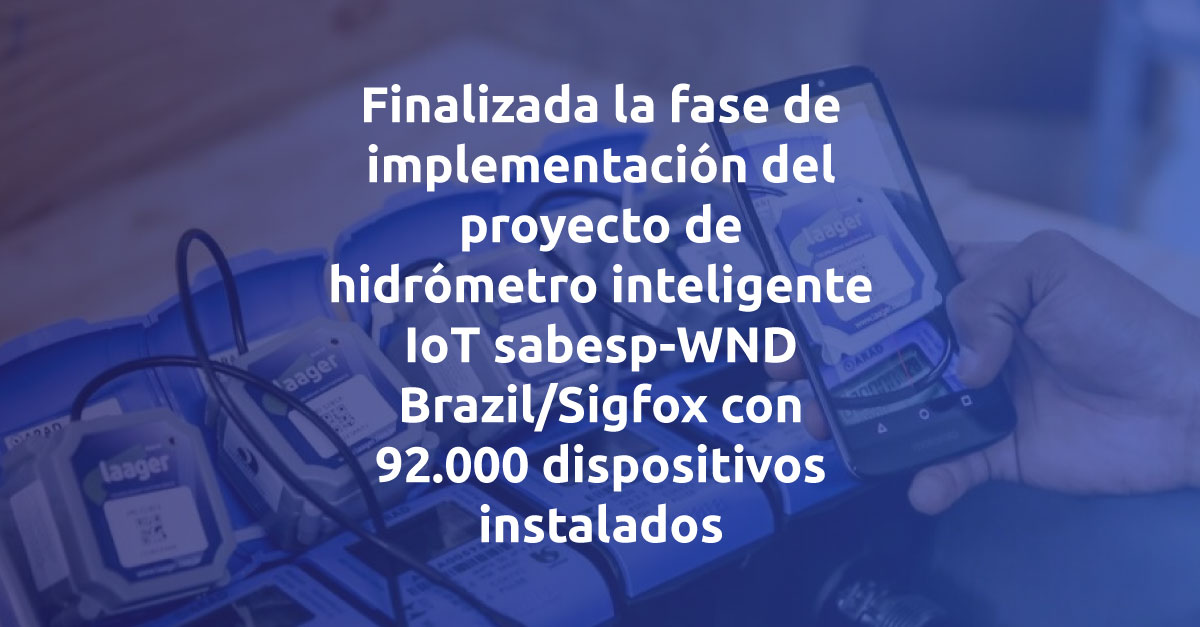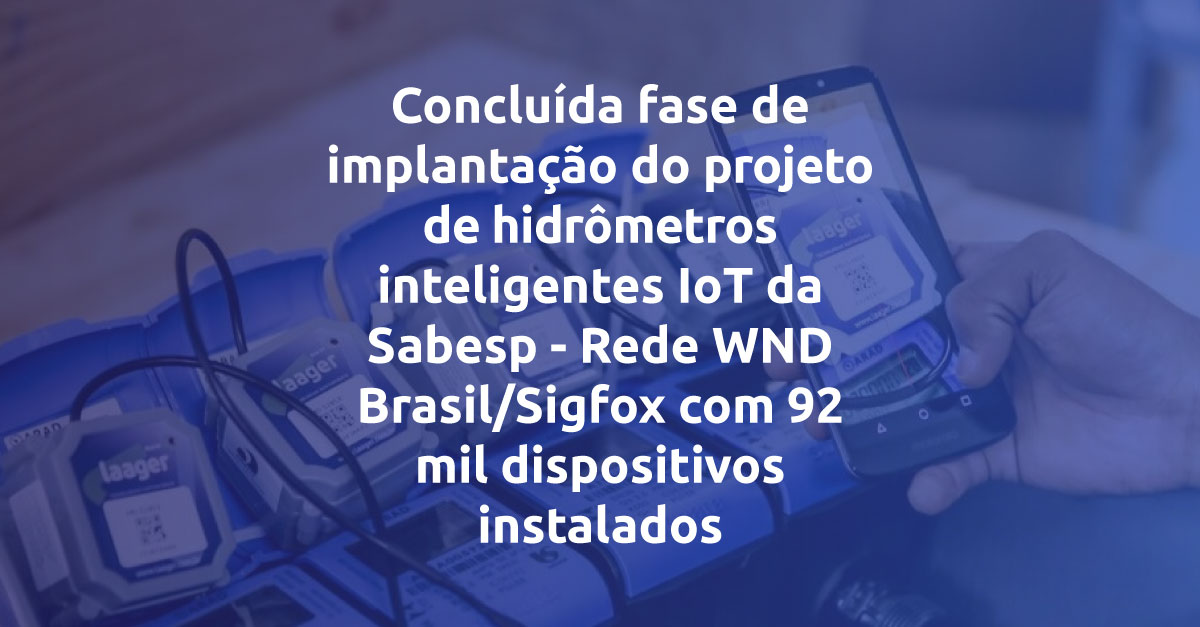“By Cynthia S. Artin
As the technologies in the LPWAN space mature, and the size and distributed nature of deployments grow, the trend towards diversity is picking up momentum, and one of the largest providers of network and infrastructure as a service for IOT solutions last week announced they have partnered to roll out a hybrid chipset while also investing in bringing developers more tools.
IoT is hard, especially as “science experiments” and “proof of concepts” morph into large scale implementations with geographically dispersed end points and network operations centers (NOCs) and increasing demand for near-real-time data exchanges driven by more intelligent and automated applications.
Christian Olivier, who earlier this year was named President of Sigfox USA, is implementing a different strategy than competitive companies by offering a nationwide public LPWAN network, connectivity as a service (CaaS) offering for areas not yet covered by the nationwide network, and a vetted IoT ecosystem to meet the demands of the US market.
Sigfox has been working with GCT Semiconductor and has also partnered with cellular operator Telefónica, which agreed to support Sigfox’s IoT network and the GCT chipset. The new hybrid cellular/Sigfox integrated chipset supports both cellular (LTE CAT-M, NB-IoT, EC-GSM) and Sigfox LPWAN connectivity.
Now that the number of connected devices is expected to reach 125 billion globally by 2030, and early performance and economic issues have been ironed out in the early days of IoT, more attention is being paid to the variety of wireless technologies that support business applications, with secure transmission of data between devices, and into the cloud for data and analytics processing and real time monitoring and management functions for more automated systems. Adding real time automation is driving the highest value cost-savings and ROI promises (which have not always come true, creating early disappointments and slowing larger projects down).
NB-IOT (Narrowband IOT), LoRa, and Sigfox have been battling it out in the low-power, wide-area network (LPWAN) arena, in what some observers have called a race to the top, but Olivier sees this differently. “We are seeing success in hybrid approaches, where different protocols can be combined depending on the use case, and the features and functionality required; there is no reason Sigfox and NB-IOT cannot work together in a more mature ecosystem.”
NB-IoT is the Third Generation Partnership Project (3GPP) initiative, designed by engineers whose work is focused on the standardization of cellular systems, to address very low data rate devices that need to connect to mobile networks. As a cellular standard, the goal of NB-IoT is to standardize IoT devices to be interoperable and more reliable.
NB-IoT is message-based, like Sigfox, and used to send and receive a few tens or hundreds of bytes per day generated by simple IoT devices. And while NB-IoT offers a much faster modulation rate that can handle a lot more data than Sigfox, it is not an IP-based communication protocol.
“Our vision is to serve customers and enable our distribution partners to serve customers by bringing them choices based on the business challenges and opportunities they’ve identified,” Olivier said, “and bringing them an edge-to-edge connectivity platform, including the best devices and transmission services that feed applications that deliver the outcomes they desire – saving money, improving yields, improving safety, and more. We’re succeeding in the USA not by trying to drive our own agenda, but by engaging with developers so actively that we now have coverage of over 30% of the country, based on population.”
Olivier even refers to their offering as “coverage as a service” and sees the path to success as one based on supporting IoT at scale. The company introduced the world’s first hybrid (cellular and Sigfox) solution for IoT a year ago (in September 2017), and together with GCT Semiconductor, a designer and supplier of 4G mobile solutions, grew their “hybrid connectivity ecosystem” to include module makers, device manufacturers and SIM card vendors.
Plays Well with Others
Olivier is a true believer in ecosystem partnerships, integrations and technology harmonization, “Only with healthy communities like the one we have been building with GCT and others can we propel commercialization of IoT applications in a meaningful way, across many vertical industries.”
GCT’s GDM7243i chip supports two complementary connectivity modes: cellular and Sigfox. The chip, which has passed LTE-M1 certification with large tier 1 operators, enables ultra-long battery life through Sigfox and high throughput cellular connectivity. By connecting IoT devices to the Sigfox network during typical operation and switching to cellular networks on demand, the hybrid solution accelerates the promise of IoT while ensuring connectivity now.
Switching Modalities Seamlessly
Olivier is excited about the potential to connect fixed and mobile assets. “This dual chip makes it possible for us to support devices that operate on the Sigfox network for location tracking,” Olivier said, “but switch to the cellular network for live asset recovery in case of a geofence breach. We’re opening up tremendous opportunities for creative developers who need more than just a fixed IoT solution. We’re creating a way forward that holds huge potential for smart communities, campuses, cities and regions, bringing LPWAN into a much broader playing field, working with cellular service companies, including Telefonica.”
Hybrid devices can connect to the Sigfox wireless IoT network and operate in low-power mode to send and receive notifications-only. The Sigfox network can also provide backup connectivity to hybrid devices in case of cellular network coverage limitations, congestion, breakdown or jamming of security or alarm systems. Hybrid devices enhance device security by providing the ability to globally locate and deactivate stolen phones and provide emergency alert and beacon capabilities.”
Source: IoTevolution



